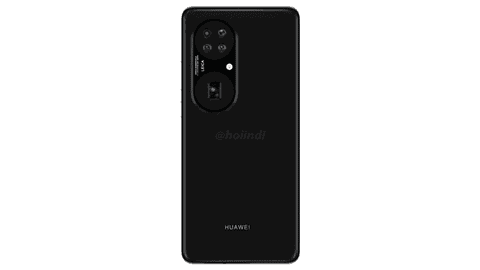Before the US bans and its aftermaths, Huawei has been launching the P series smartphones in the first half of the year and the Mate line models in the second half of the year. Among them, the P line focuses on appearance and photography. But the situation has changed a lot. We have heard the next-gen Huawei P50 series devices are in works. But there is still no certain information concerning their features and launch date.
However, recently, we began getting more and more news and leaks referring to this series. Say, we have seen the renderings of the P50 or two protective films have been spotted that should be made for the P50 and P50 Pro. As you see, various signs suggest that the release of Huawei’s P50 series is just around the corner.
Just recently, a Weibo blogger revealed that the release time of the Huawei P50 series may be delayed again. Moreover, the company may change it to a summer conference. Thus, instead of May, we will see it in June. Honestly, this sounds quite reasonable because Huawei has serious problems with the supply chain stability. That’s why delays are inevitable.
At present, Huawei’s internal tentative time is for selective release from May to June. It depends on whether the accessories supply of the product line can be adequately guaranteed.
Is the delay worth the wait?
Even if so, though the release time of the P series has been pushed back, the manufacturer managed to complete the optimization of the Huawei P50’s imaging technology and the Kirin 9000 series of chips. Plus, it will come with the Harmony OS out of the box. We mean the company has had to put more efforts than it usually does.
At the same time, from the blogger’s Weibo channel we also learn that no Huawei tablets and smartphones will be released in April. The product launch conferences on April 22 and April 27 that were previously revealed have been cancelled.
In addition, if the news is true, the Huawei P50 will also be the first to come with Sony’s 1-inch IMX800 sensor. This is going to be Sony’s largest mobile CMOS ever. Of course, its performance will be better than that of the ISOCELL GN2 just released by Samsung (Xiaomi Mi 11 Pro / Ultra).
